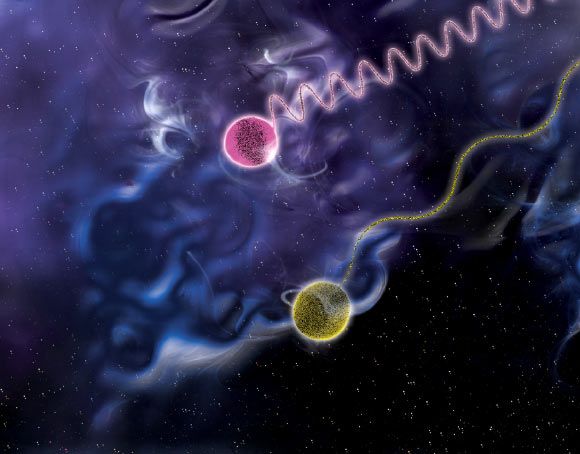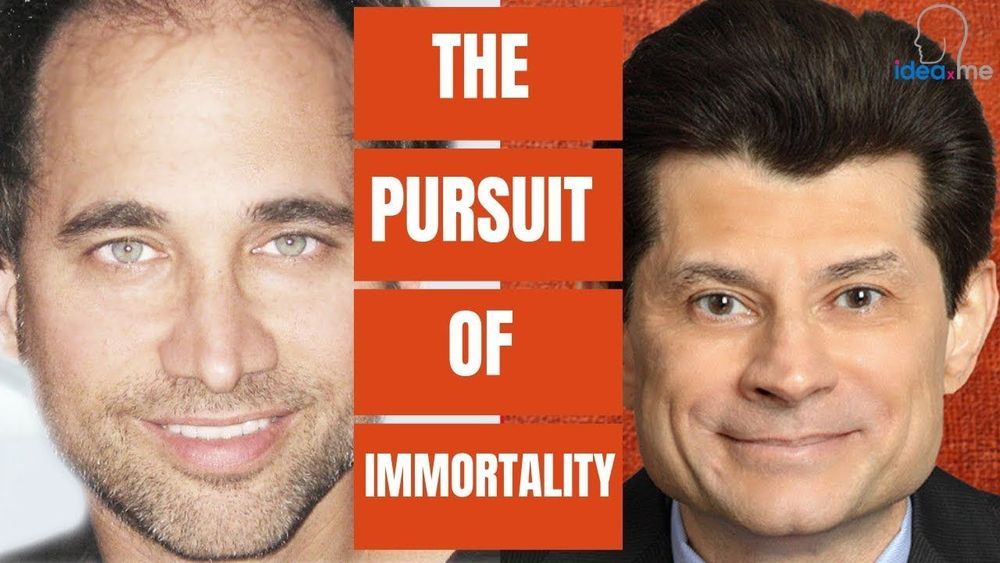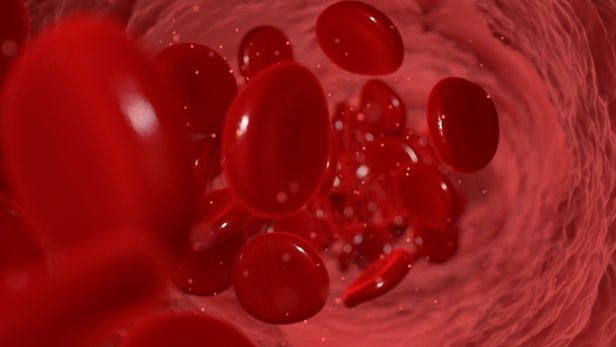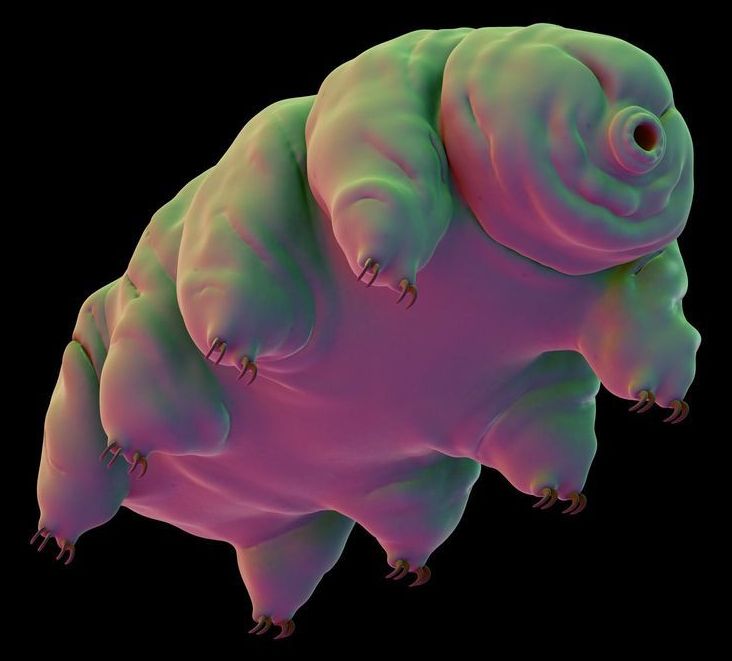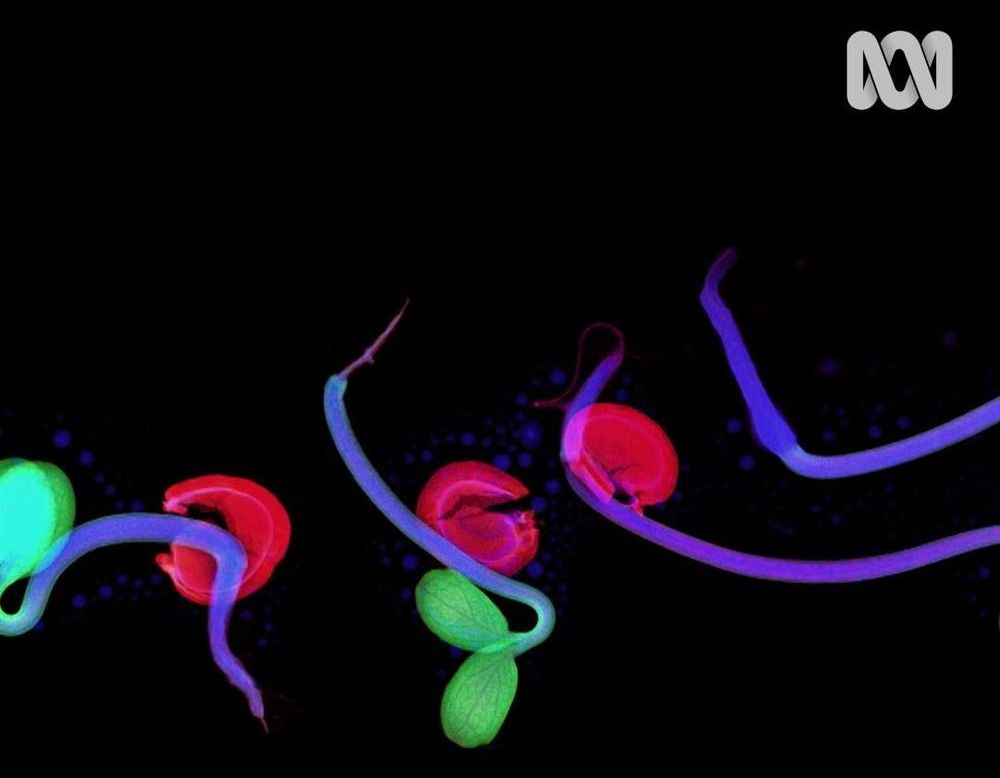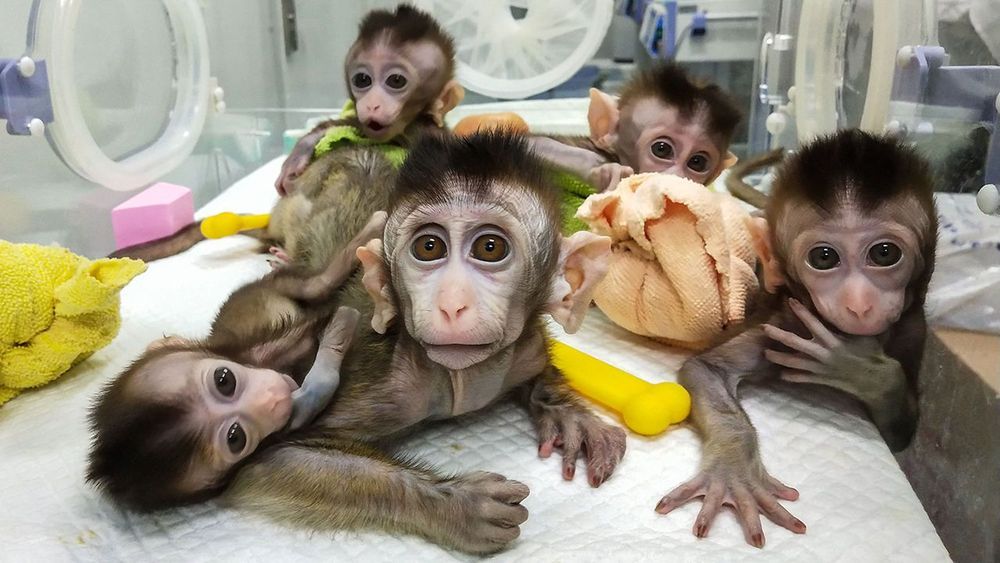A duo of researchers at Purdue University has modified a popular theorem — called Bell’s inequality — for identifying quantum entanglement and applied it to chemical reactions.
Ira Pastor, ideaXme longevity and aging Ambassador and Founder of Bioquark interviews Bill Faloon, Director and Co-Founder, Life Extension Foundation and Founder of The Church Of Perpetual Life.
Ira Pastor Comments:
On the last several shows we have spent time on different hierarchical levels the biologic-architecture of the life, disease and aging process. We’ve spent some time talking about the genome, the microbiome, tissue engineering, systems biology, and dabbled a bit in the areas of quantum biology, organism hydro-dynamics, and even chronobiology.
As exciting and promising as all these research paths are, at the end of the day, in order for them to yield what many people are looking for, that is radically extended healthspans and lifespans, there needs to be an organized system of human translation build around them, integrating these various products, services and technologies, from supplements, to biologics, to functional foods, to cosmeceuticals, to various physio-therapeutic interventions, and so forth, as well as all the related supporting advocacy and education, as biologic aging is truly a multi-factorial, combinatorial process that is never going to be amenable to big pharma’s traditional “single magic bullet” philosophy that it promoted throughout the last century.
For today’s guest, I could think of no one better to talk with us about this topic and take us into the future on this front, than Bill Faloon, Director and Co-Founder, Life Extension Foundation (LEF), a consumer advocacy organization with over 100,000 members that funds research (investing million per year in researchers around the globe) and disseminates information to consumers about optimal health, and more recently in the area of actionable clinical interventions regarding human biologic age reversal, through a fascinating new project called the Age Reversal Network, defined as an open-source communications channel to exchange scientific information, foster strategic alliances, and support biomedical endeavors aimed at reversing degenerative aging.
It’s time to celebrate another first in the field of quantum physics: scientists have been able to ‘teleport’ a qutrit, or a piece of quantum information based on three states, opening up a whole host of new possibilities for quantum computing and communication.
Up until now, quantum teleportation has only been managed with qubits, albeit over impressively long distances. A new proof-of-concept study suggests future quantum networks will be able to carry much more data and with less interference than we thought.
If you’re new to the idea of qutrits, first let’s take a step back. Simply put, the small data units we know as bits in classical computing can be in one of two states: a 0 or a 1. But in quantum computing, we have the qubit, which can be both a 0 and 1 at the same time (known as superposition).
Physics World represents a key part of IOP Publishing’s mission to communicate world-class research and innovation to the widest possible audience. The website forms part of the Physics World portfolio, a collection of online, digital and print information services for the global scientific community.
Alkahest, a California-based biotech start-up, has just revealed some compelling early results from an ongoing Phase 2 trial into the efficacy of its novel formulation of plasma proteins derived from young blood, developed to slow, or even stop, the cognitive decline associated with Alzheimer’s disease.
Researchers have, for the first time, identified the sufficient and necessary conditions that the low-energy limit of quantum gravity theories must satisfy to preserve the main features of the Unruh effect.
Click on photo to start video.
Well, that depends on your frame of reference, but even so, does that mean that we need to stop worrying about aging? Not really.
The tardigrades were part of a “lunar library” that Spivack’s foundation had put together. According to Wired, the package was about the size of a DVD and contained human DNA—including Spivack’s own—as well as 30 million pages of information on mankind’s knowledge and thousands of dehydrated tardigrades.
Tardigrades are known as one of the toughest creatures on Earth. They are microscopic, measuring about 0.012 to 0.020 inches in length, and can withstand temperatures of up to 304 degrees Fahrenheit and can survive being frozen alive. One tardigrade is known to have survived being frozen for 30 years. They can also live without water for up to a decade by shriveling up and placing themselves in a state of suspended animation—a trait DARPA is currently studying in the hope of preserving soldiers injured on the battlefield.
Meet the hyperaccumulators
Posted in futurism
In addition to having access to large colonies of monkeys and other species, animal researchers in China face less public scrutiny than counterparts in the United States and Europe. Ji, who says his primate facility follows international ethical standards for animal care and use, notes that the Chinese public has long supported monkey research to help human health. “Our religion or our culture is different from that of the Western world,” he says. Yet he also recognizes that opinions in China are evolving. Before long, he says, “We’ll have the same situation as the Western world, and people will start to argue about why we’re using a monkey to do an experiment because the monkey is too smart, like human beings.”
This story, one in a series, was supported by the Pulitzer Center.
BEIJING, GUANGZHOU, JIANGMEN, KUNMING, AND SHANGHAI—Early one February morning, researchers harvest six eggs from a female rhesus macaque—one of 4000 monkeys chirping and clucking in a massive outdoor complex of metal cages here at the Yunnan Key Laboratory of Primate Biomedical Research. On today’s agenda at the busy facility, outside Kunming in southwest China: making monkey embryos with a gene mutated so that when the animals are born 5 months later, they will age unusually fast. The researchers first move the eggs to a laboratory bathed in red light to protect the fragile cells. Using high-powered microscopes, they examine the freshly gathered eggs and prepare to inject a single rhesus sperm into each one. If all goes well, the team will introduce the genome editor CRISPR before the resulting embryo begins to grow—early enough for the mutation for aging to show up in all cells of any offspring.
But as often happens when eggs are retrieved, all does not go well. Only one egg in this morning’s batch is mature enough to fertilize. “We were a little unlucky today,” says Niu Yuyu, who with facility director Ji Weizhi runs the gene-editing research. The group can afford a little bad luck, though. Through a combination of patience, ingenuity, and enormous animal resources, the team has already used CRISPR to create an astonishing range of genome-edited monkeys to serve as models for studying human diseases.
